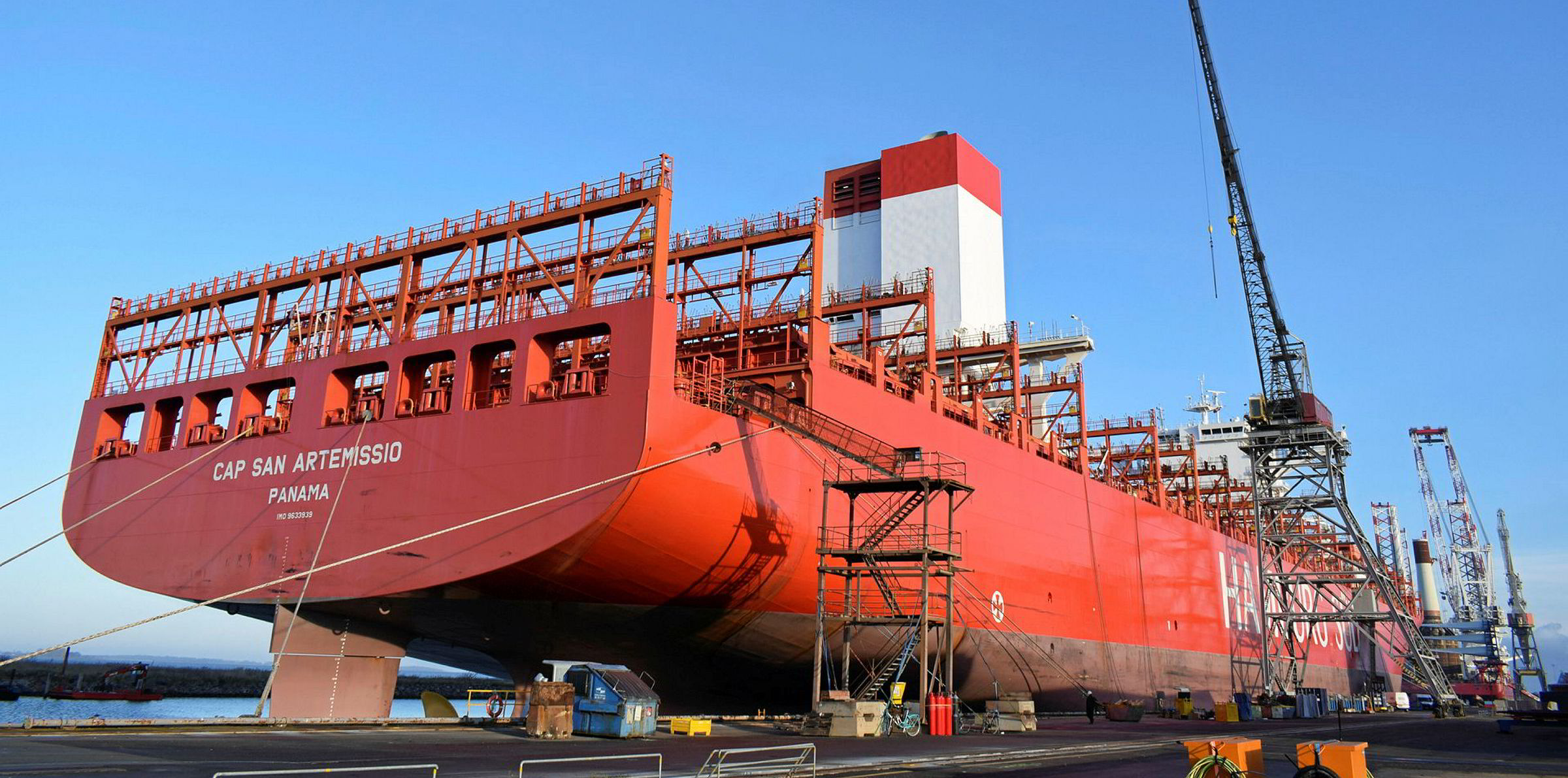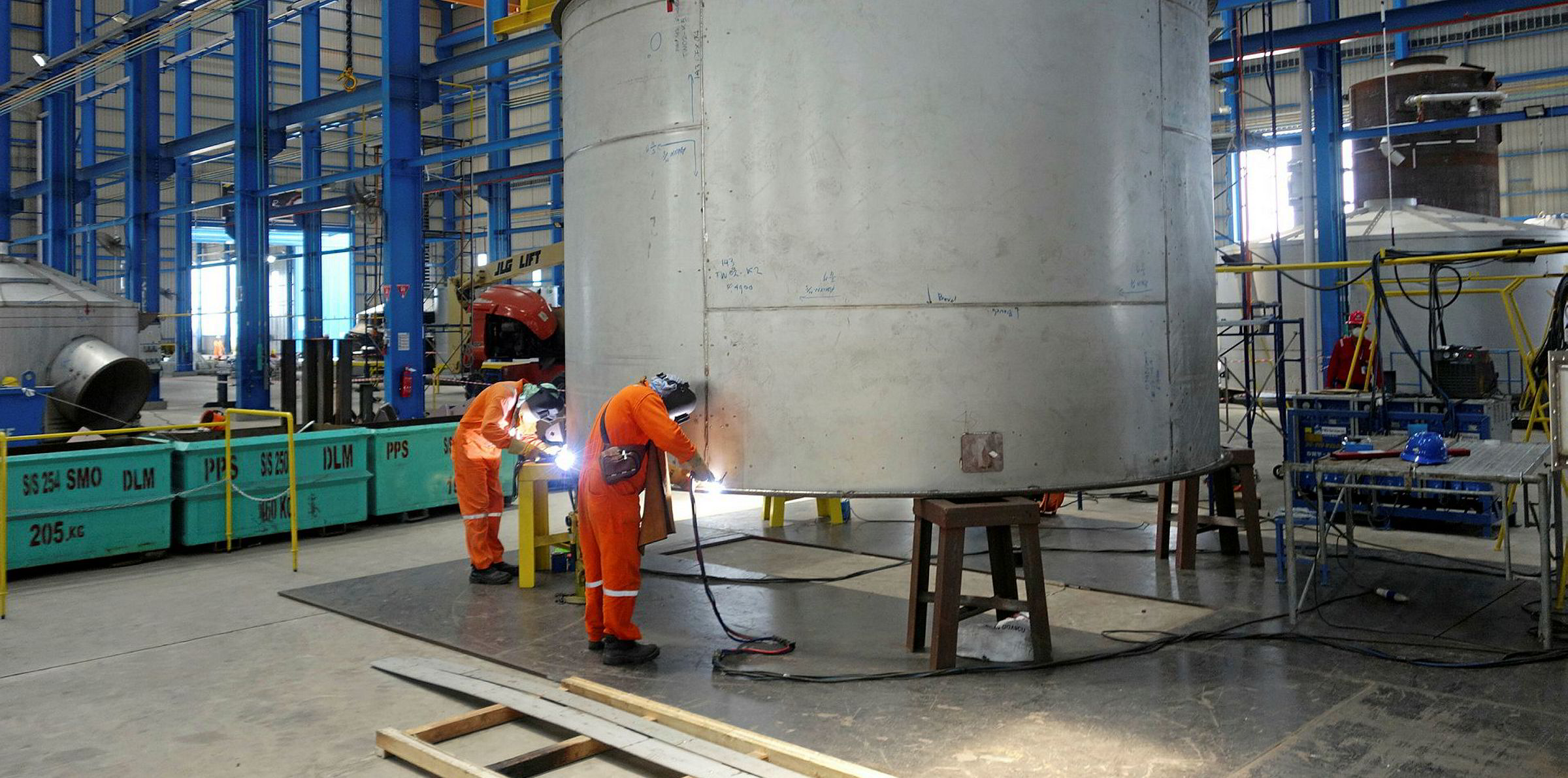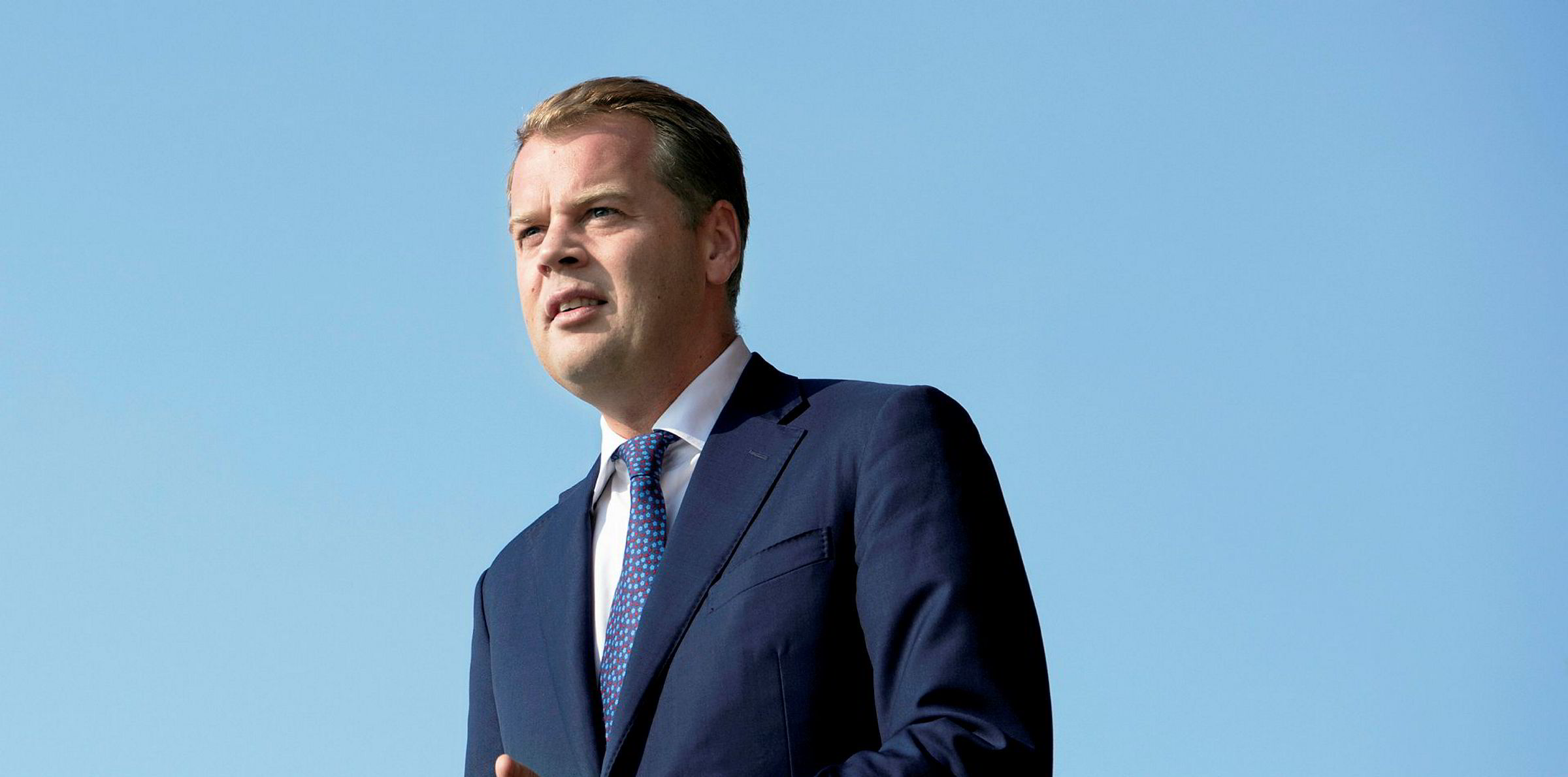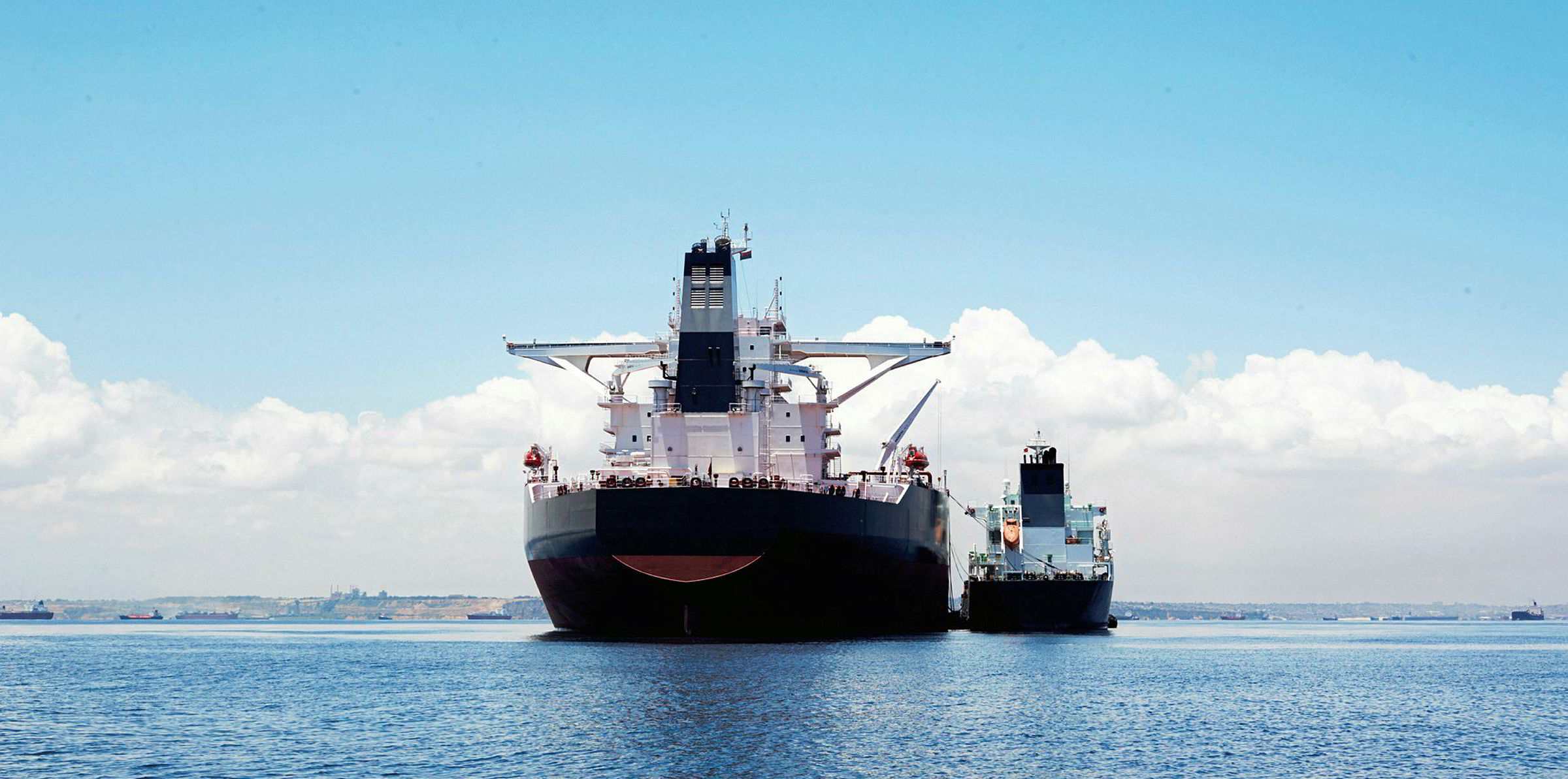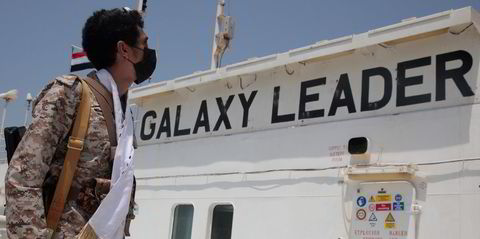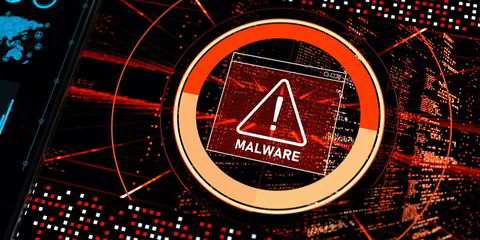Total scrubber investments will reach $16bn by 2025 as shipowners can still profit from installing the exhaust gas cleaning technology on large-sized newbuilding vessels, according to a bunker consultant.
In a web forum held by Platts on Tuesday, Marine & Energy Consulting managing director Robin Meech conceded scrubber economics had weakened this year with a narrow discount of high-sulphur fuel oil (HSFO) to very low sulphur fuel oil.
But Meech said the payback period for fitting the equipment on a newbuilding VLCC would be within a “sensible” range of five years, even if assuming a discount of $80 per tonne based on the current Brent crude price of $40 per barrel.
“[It’s] nowhere near what we expected one and a half years ago but still a sensible investment,” Meech said.
When scrubber investments spiked in 2019, many industry players had estimated the payback period for a VLCC would be less than two years.
The IMO has required all vessels to switch to 0.5%-sulphur fuel or gas from HSFO since January, unless they have scrubbers installed on board.
Meech suggested the investment case for installing scrubbers on VLCCs via retrofits would be more difficult to make, with the off-hire days and potentially complex engineering works needed to be taken into account.
“The costs on retrofits would be harder to predict…[The payback period would be] eight years, possibly more,” he added.
Drive by installations on large newbuildings, the number of scrubber-fitted ships will rise above 5,000 in 2028 compared from 3,600 this year, according to Marine & Energy Consulting’s forecast.
A short-term solution
Euronav’s head of fuel oil procurement Rustin Edwards also said fitting scrubbers on newbuildings would make better sense financially, estimating that retrofit projects would cost three or four times more.
“Economically, we thought it was a much better choice to do it from a newbuilding standpoint than from a retrofit standpoint,” Edwards said.
The Belgian tanker giant in February agreed to pay $280.5m for four scrubber-fitted VLCCs under construction at DSME, which will be delivered in late 2019 and early 2020.
Still, Edwards suggested scrubber-fitted tonnage would not be sufficient to meet the IMO’s long-term decarbonisation goal.
“I think scrubbers have a place up to a certain point,” he said. “Eventually they will probably be pushed out of the market…maybe in the next five years or so as we start to transition to low carbon emission vessels to meet the 2050 target.”
‘Everyone is different’
On the other hand, DFDS’ director of environment and sustainability Poul Woodall still sees a long-term future for scrubbers — at least for his company.
One of the earliest adopters of scrubbers, the Danish ferry operator has targeted to install the environmental technology on 27 vessels in its fleet by the end of 2021.
As his company’s vessels sail by fixed schedules, DFDS can estimate its bunker consumption volumes and refuelling points well in advance, according to Woodall.
“We have control over operation and ships…Long term, I still think it is a sensible investment both from a financial point of view and environmental,” he said.
But Woodall also agrees the investment case for scrubbers needs to be assessed individually for each company and ship.
“It works for us, but it doesn’t work for everybody. Everybody is different…[And there is] the difference there on a ship to ship basis.”
